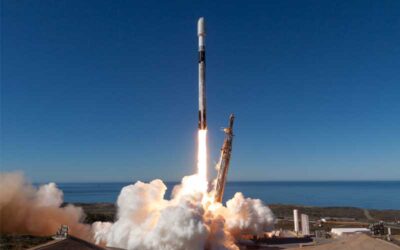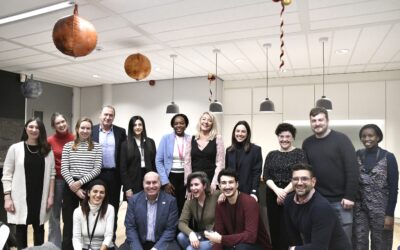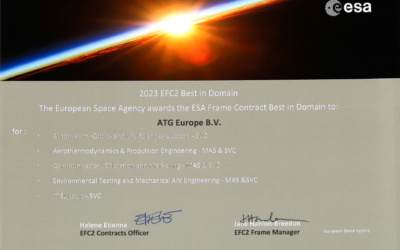ATG Talk by Dr Alfredo PORTONE on Fusion, a promise for a new nuclear era
Our first ATG Talk of the season took place on the 20th of October 2022, with a one-hour Exclusive presentation on “Nuclear Fusion and its promise for a new nuclear era” with Dr. Alfredo PORTONE – Deputy Head of Engineering at Fusion 4 Energy, and considered as one of the pioneers of its industry.
Everyone gathered up for what was expected to be an exclusive presentation on nuclear fusion and Fusion 4 Energy’s ITER project. The premises to better understand how Fusion will work, and we are all are trying to make it possible.
After a quick introduction Alfredo kicked things off by sharing his pride and passion for his work, a long career that is paved with merit and recognition on the matter.

Dr Alfredo PORTONE
Deputy Head of Engineering at Fusion 4 Energy
The perfect opportunity to dive into what it is we do with Fusion 4 Energy in Cadarache or Barcelona, and furthermore in assisting specific engineering operation.
Nuclear Fusion was discovered over a century ago and it allowed us to recognize that light atomic nucleii can fuse together and produce heavier ones. Basically, reproducing how stars produce their own source of power. A long time ago we quickly deduced by carbon emission, that something else was at play. Alfredo quickly dove into the difference between Nuclear Fission and Fusion giving us comparison to Italy’s daily consumption of energy, and how 55 kg of Uranium would solve sustainability for the long haul.
Keep in mind, the stars producing nuclear energy are massive, very concentrated and these processes are almost impossible to reproduce on Earth. Which is why, the following part regarded the easiest route to commercial fusion power and its formula to produce the grail – helium nuclei and a free Neutron. This reaction is caused by fusing together Deuterium and Tritium, two hydrogen isotopes which will be the central key to ITER’s triggering.
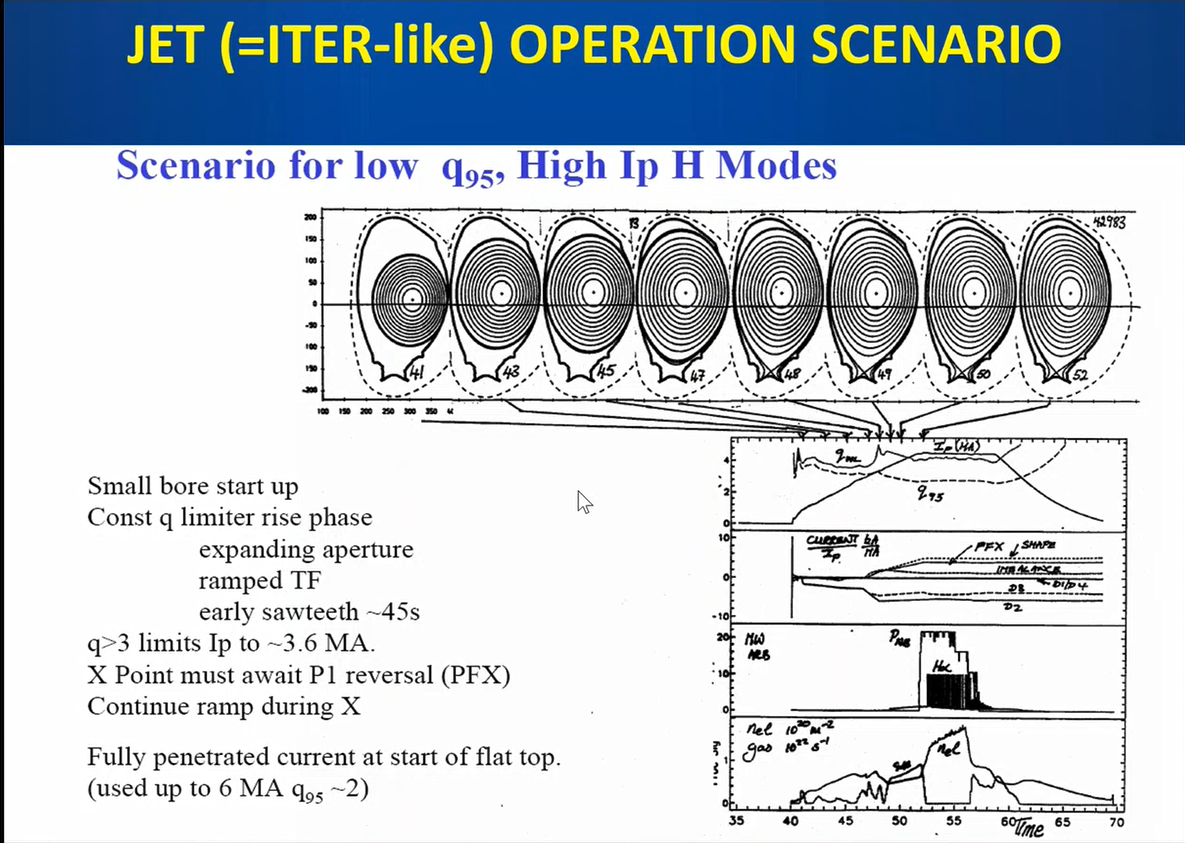
Alfredo then gave us an overview of the different projects which have achieved initial reactions, paving the way to Alfredo and ITER’s work, today. The Jet Tokamak for example, is a very successful EU project that pushed our limits but was never designed to explore the possibility of sustaining long duration plasma-based reactions. An operation which would require more substantial Reactor conditions such as ITER’s.
Tokamak is basically a pulse machine; Alfredo went on to explain. Meaning that plasmas are generated, increased in size progressively and in cycles therefore, producing energy until shutdown. He reminded us how important it is to keep in mind how much this reactor has paved the way to the future of Fusion, breaking records on a yearly basis under varied conditions of operation. These confirmed predictions of plasma behaviour advances and developments for the benefit of ITER high performance scenarios.
The second part consisted of looking at the ITER Design parameters and the characteristics that power such a machine. Starting from the overall structure, its weight and amplitude, Alfredo peeled the reactor layer by layer, explaining the process of the reaction and how each part will work harmoniously in keeping the churning plasma and its reaction, safe. An interesting part was the difficulty in producing and designing the huge coils which will drive the necessary current through the hot plasma, shaping it to our will.
This project would not have happened without the help of the numerous contributions from partners around the world in building the various components of the machine. Located in Cadarache, near Aix en Provence, in France. With the help of an aerial map, Alfredo gave us a distant tour of the campus and its infrastructures and explained how everything would be set up to ensure maximum security and operational flow of such a project. So far, over 76% of the facilities have been established, but there is still a lot to do.
In terms of progress, Alfredo gave us a detailed overview of ITER’s assembly process and its key millstones. From the Central Solenoid modules, the first set Poloidal Field coils, their magnetic coil feeders, and well over 2000 tons of equipment delivered and currently being assembled. Speaking of components, each of the 18 Toroidal Field coils weigh over 360 tones and will help deliver the magnetic field around the vacuum vessel. Used to contain the flow of neutrons flowing out of the hot plasma, it is made of a double sheet of thick stainless steel, following strict nuclear codes. Once all these parts will be joined, the structure will weigh more than 8000 tons, slightly heavier than the Eiffel Tower’s puddle iron structure.
Finally, Tritium, one of the key elements making this reaction possible, is a very rare hydrogen isotope, which can only be produced by nuclear processes. Although Alfredo touched based with an actual Tritium breeding technique which will use Lithium and its nucleis to produce a given quantity of Tritium, directly from the Fusion reaction itself. This breeding blanket is a crucial part of the project’s self-sufficiency needs, but also provides thermal power conversion and contributes to neutron/gamma-ray shielding.
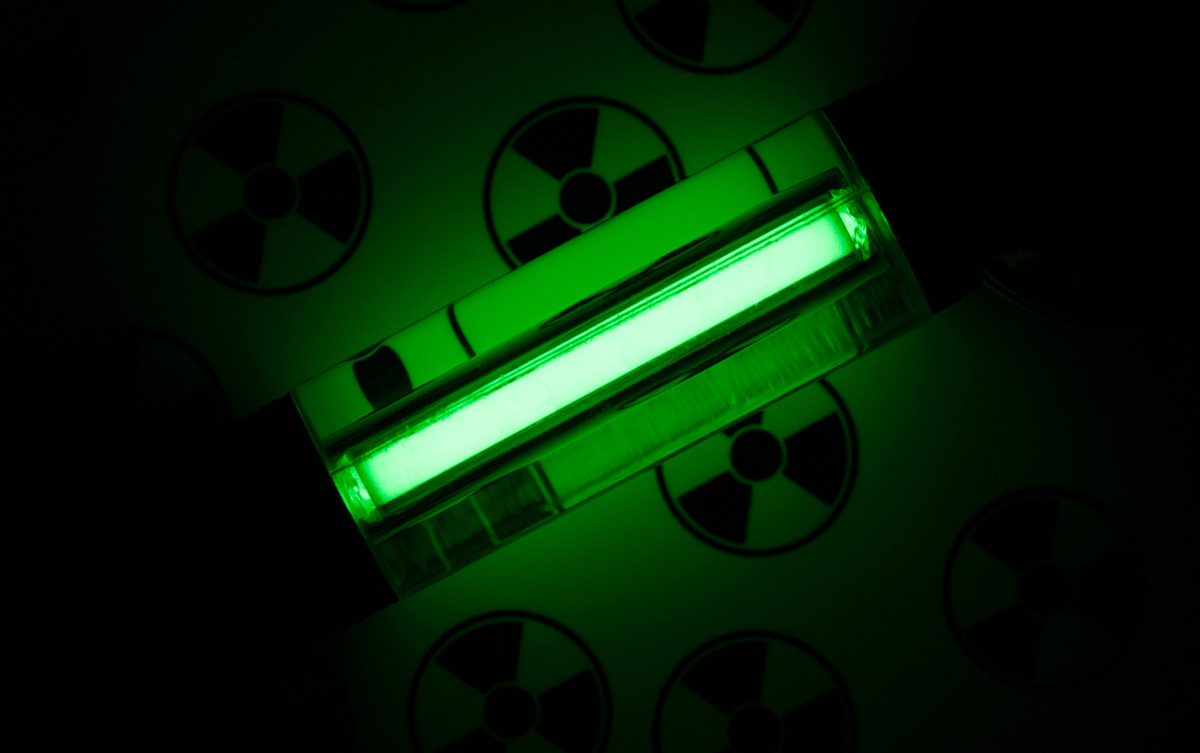
Alfredo concluded with the journey that lies ahead. The path to Fusion was paved by successes which have unlocked the possibility to foresee a DEMO model, finally linked to an electrical grid. After a series about budget, Tritium breeding and lithium usage, Alfredo was thanked by the crowd for an extraordinary presentation, reminding us that fusion seeks to offer the prospect of abundant, environmentally friendly and equitable power for the world.
Everyone felt subjugated by the amount of information Dr. Alfredo PORTONE could condense in the span of an hour and how inspiring Fusion could become. Giving us much insight into the ITER project and how it can better serve the world we seek to leave behind for future generations.
At ATG Europe, our desire to innovate also comes from the understanding of how we contribute to engineering a better tomorrow. In fact, it is only by better educating ourselves, and realizing the infinite possibilities, that we can truly enable the future of our industry as well as driving our innovation forward.
